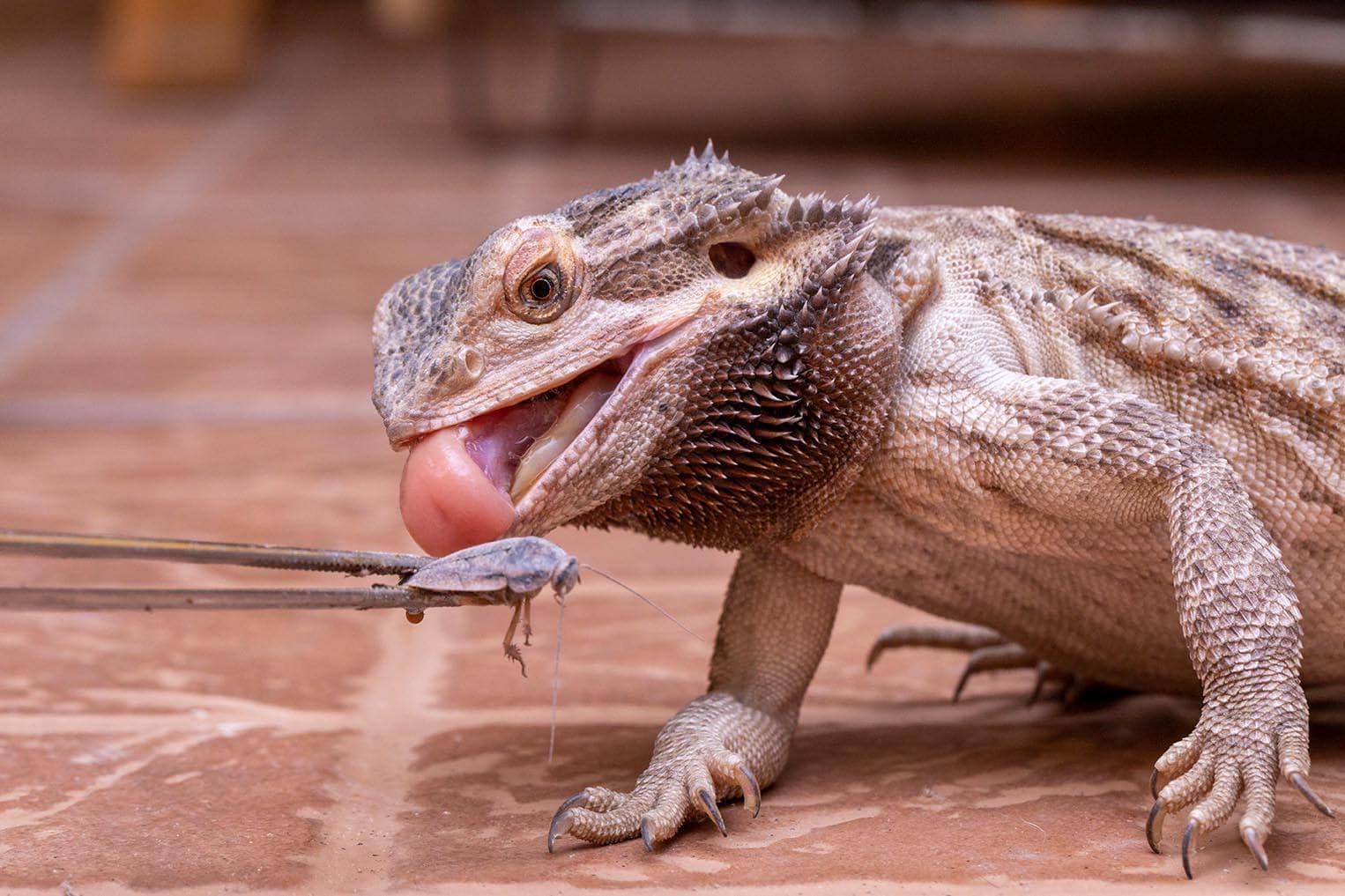

Articles
How To Store Crickets For Bearded Dragons
Modified: January 19, 2024
Learn the best methods and tips for storing crickets to ensure a healthy diet for your bearded dragons. Find informative articles and guides here.
(Many of the links in this article redirect to a specific reviewed product. Your purchase of these products through affiliate links helps to generate commission for Storables.com, at no extra cost. Learn more)
Introduction
Welcome to the fascinating world of caring for bearded dragons! These unique reptiles are not only captivating to observe, but they also make wonderful pets with their docile nature and striking appearance. If you’re new to owning a bearded dragon, you may be wondering how to properly store crickets to ensure your pet has a steady supply of food. In this article, we will guide you through the process of storing crickets for your bearded dragon, ensuring they remain healthy and readily available for feeding.
Bearded dragons are insectivores, meaning their diet primarily consists of insects. Crickets are a popular and nutritious choice to provide them with essential protein and other nutrients. However, maintaining a consistent supply of healthy and lively crickets can be a challenge if not stored correctly.
Proper storage is crucial to keep the crickets alive, healthy, and safe for consumption by your bearded dragon. With the right container, habitat setup, temperature, humidity, and feeding regimen, you can create an optimal environment for the crickets to thrive. Let’s dive into the details of each aspect to ensure the best storage for your bearded dragon’s food source.
Key Takeaways:
- Ensure your bearded dragon’s health and convenience by storing crickets properly. Create a suitable habitat, maintain ideal conditions, and handle and feed the crickets with care for a thriving food source.
- Storing crickets for your bearded dragon not only saves time and money but also ensures emergency preparedness. Proper storage, feeding, and hygiene practices lead to a healthy and nutritious food source.
Read more: How To Store Hornworms For Bearded Dragons
Why Store Crickets for Bearded Dragons?
As a responsible pet owner, providing the best care for your bearded dragon is of utmost importance. Storing crickets properly ensures a readily available food source, allowing you to maintain a healthy and balanced diet for your pet. Here are a few reasons why storing crickets is essential:
- Convenience: Having a supply of crickets readily available means you don’t have to constantly make trips to the pet store. This convenience saves you time and effort, ensuring that your bearded dragon is always well-fed.
- Nutritional Value: Crickets are highly nutritious and provide essential nutrients like protein, calcium, and vitamins. By storing them properly, you can ensure that your bearded dragon receives a consistently balanced diet.
- Cycle Management: Storing crickets allows you to manage their life cycle effectively. You can regulate their breeding, growth, and overall health, ensuring that you have a constant supply of appropriately sized crickets for your bearded dragon at different stages of their life.
- Cost Savings: Buying crickets in bulk and storing them saves you money in the long run. Purchasing larger quantities at a time is typically more cost-effective than buying small quantities frequently. Additionally, by housing and breeding your own crickets, you can reduce the ongoing expenses of purchasing them from a store.
- Emergency Preparedness: Storing crickets ensures that you have a backup food source for your bearded dragon in case you encounter any unexpected circumstances that prevent you from obtaining live crickets immediately. This ensures the well-being of your pet even in unforeseen situations.
By understanding the importance of storing crickets for your bearded dragon, you can ensure that they have a consistent and nutritious food source readily available. This not only simplifies feeding but also contributes to the overall health and well-being of your beloved pet.
Choosing the Right Container for Storage
When it comes to storing crickets for your bearded dragon, selecting the appropriate container is essential for their safety, comfort, and overall well-being. Here are some factors to consider when choosing the right container:
- Size: The size of the container should be based on the quantity of crickets you plan to store. Ensure that the container is spacious enough to accommodate the crickets comfortably, allowing them to move around and exhibit natural behaviors.
- Ventilation: Proper airflow is crucial to prevent the buildup of excess moisture and ensure sufficient oxygen levels within the container. Look for containers with mesh or ventilated lids to promote ventilation without allowing the crickets to escape.
- Escape-Proof: Crickets are excellent climbers and jumpers, so it’s important to choose a container that minimizes the risk of escape. Opt for containers with smooth sides that are difficult for crickets to climb, or one with a tight-fitting lid to prevent any unwanted cricket excursions.
- Transparency: Selecting a transparent container allows you to easily observe the crickets without disturbing them. This enables you to monitor their condition, activity, and overall well-being without constantly opening the container.
- Durability and Cleanliness: Choose a container made of durable and easy-to-clean materials, as regular cleaning and maintenance are important to prevent the accumulation of waste, bacteria, and parasites. Containers that have smooth surfaces and are resistant to moisture are ideal.
Some popular container options for storing crickets include plastic storage bins, glass aquarium tanks, or specialized cricket keepers available at pet stores. Regardless of the container you choose, ensure that it meets the aforementioned criteria and provides a suitable environment for the crickets to thrive.
It’s also important to note that the container should have enough space to hold additional items such as egg cartons, hiding places, and food and water dishes. These items contribute to the crickets’ overall well-being and encourage natural behaviors.
By carefully considering these factors, you can select the best container for storing crickets, ensuring the safety, comfort, and health of your bearded dragon’s food source.
Creating a Suitable Habitat for Crickets
Providing a suitable habitat for the crickets is crucial for their well-being and longevity. Creating an environment that closely resembles their natural habitat not only ensures their comfort but also contributes to their overall health. Here are some factors to consider when creating a suitable habitat for the crickets:
- Substrate: Choose a suitable substrate for the bottom of the container. A common and inexpensive option is using a layer of plain paper towels or newspaper, which provides a clean and easily replaceable surface. Avoid using substrates that crickets may ingest, as this can lead to digestive issues.
- Hiding Places: Include hiding places such as egg cartons, toilet paper rolls, or small cardboard boxes in the cricket habitat. These provide areas for the crickets to retreat and feel secure, simulating their natural environment. Hiding places also help reduce stress and aggression among crickets.
- Vertical Space: Crickets are naturally inclined to climb, so it’s important to create vertical space within the habitat. Adding branches or twigs inside the container allows the crickets to exercise their climbing instincts, promoting natural behavior and well-being.
- Moisture Source: Crickets require access to a moisture source for hydration. You can provide a shallow dish filled with water, or use a water gel product specifically designed for small insects. Regularly monitor the moisture level and ensure that it is not excessive, as excessive moisture can lead to mold or bacterial growth.
- Lighting: Crickets are nocturnal insects and prefer a dark and quiet environment. Avoid exposing them to excessive light or loud noises, as this can cause stress. If you need to observe or feed them, use a dim light source to minimize disruptions to their natural rhythm.
While setting up the habitat, it’s important to ensure that the container is secure and escape-proof. Crickets are agile jumpers and can easily escape if there are any gaps or openings. Regularly check the container for any damage or wear and replace it promptly if needed.
Remember to regularly clean the habitat to maintain hygiene and prevent the buildup of waste or bacteria. Replace the substrate, clean out any food debris, and periodically sanitize the container to keep the cricket habitat clean and healthy.
By considering these elements and recreating a suitable habitat for the crickets, you can provide them with a comfortable and natural environment, promoting their overall well-being and ensuring a readily available food source for your bearded dragon.
Maintaining Proper Temperature and Humidity Levels
Proper temperature and humidity levels are crucial for the health and well-being of the crickets you store for your bearded dragon. Creating an environment that closely mimics their natural habitat ensures their survival and nutritional value. Here are some tips for maintaining the appropriate temperature and humidity levels:
- Temperature: Crickets thrive in a warm environment, with the optimal temperature range being between 75°F (24°C) and 85°F (29°C). Use a reptile-specific heat mat or a heat lamp to provide a heat source for the cricket habitat. Place the heat source on one side of the container, creating a temperature gradient that allows the crickets to regulate their body temperature by moving between warmer and cooler areas.
- Humidity: While crickets don’t require high humidity levels, it’s important to maintain a moderate level of humidity to prevent dehydration. Aim for a humidity level of around 40-50%. You can achieve this by lightly misting the habitat with water using a spray bottle daily. Avoid over-saturating the substrate or creating excessive moisture, as this can lead to mold or bacteria growth.
- Hygrometer: Use a hygrometer to monitor the humidity levels inside the cricket habitat accurately. This device helps you ensure that the humidity remains within the appropriate range for the crickets’ health and well-being.
- Ambient Room Conditions: Keep in mind that the ambient room conditions can also impact the temperature and humidity levels within the cricket habitat. Avoid placing the container in direct sunlight or near drafts or vents that can affect the temperature and humidity levels. Choose a location where the ambient room conditions remain relatively stable.
Regularly monitor and adjust the temperature and humidity as needed to maintain the ideal conditions for the crickets. Understanding and maintaining the proper environmental conditions not only enhance the crickets’ health but also preserve their nutritional value for your bearded dragon.
It’s important to note that different species of crickets may have slightly different temperature and humidity requirements. Research the specific species of crickets you are storing to ensure you meet their optimal conditions.
By ensuring proper temperature and humidity levels, you are creating an environment that promotes the health and well-being of the crickets, allowing them to thrive and provide a nutritious food source for your bearded dragon.
Store crickets in a well-ventilated container with a secure lid to prevent escape. Line the bottom with paper towels and provide egg cartons or cardboard tubes for hiding spots. Keep the container in a warm, dark place to maintain the crickets’ health.
Providing Adequate Ventilation
Adequate ventilation plays a crucial role in maintaining the health and well-being of crickets stored for your bearded dragon. Proper airflow helps regulate temperature, reduce moisture buildup, and ensure sufficient oxygen levels within the habitat. Here are some tips for providing adequate ventilation:
- Ventilated Lids: Choose a container with a lid that has mesh or ventilation holes to allow for adequate airflow. This allows fresh air to enter the habitat while preventing the crickets from escaping.
- Positioning the Container: Place the cricket container in a well-ventilated area of your home, away from areas with poor air circulation or dampness. Avoid placing it near windows, vents, or areas with high humidity levels.
- Avoid Overcrowding: Overcrowding the container with too many crickets can lead to decreased airflow and increased humidity levels. This can negatively impact the overall ventilation within the habitat. Ensure there is sufficient space for the crickets to move around comfortably without overcrowding.
- Regular Air Exchange: Periodically open the lid of the container for a few minutes to allow fresh air to circulate inside. This helps replenish oxygen levels and improve overall ventilation.
Proper ventilation is essential for preventing the buildup of excess moisture, which can lead to mold, bacteria growth, and respiratory issues for the crickets. It also helps regulate the temperature within the habitat and maintain a fresh and healthy environment.
However, while ventilation is important, it’s equally important to strike a balance. Excessive ventilation can lead to the loss of humidity and make the habitat too dry for the crickets. Therefore, it’s crucial to regularly monitor the temperature, humidity, and overall conditions inside the habitat to ensure they remain within the optimal range.
By providing adequate ventilation, you are creating a favorable environment for the crickets to thrive while minimizing the risk of health issues associated with poor air quality and excess moisture. This, in turn, ensures that the crickets remain healthy and nutritious for your bearded dragon’s diet.
Feeding and Hydrating the Crickets
Feeding and hydrating the crickets is essential to ensure they remain healthy and provide optimal nutrition for your bearded dragon. Here are some important considerations for feeding and hydrating the crickets:
- Cricket Diet: Feed the crickets a nutritious diet to ensure they provide essential nutrients for your pet. Commercial cricket food or gut-loading products are available at pet stores and provide a balanced diet for the crickets. Additionally, you can offer fresh fruits, vegetables, and grains as supplemental feedings to enhance their nutritional value.
- Gut-Loading: Gut-loading refers to feeding the crickets nutrient-rich foods before they are fed to your bearded dragon. This boosts the nutritional value of the crickets and ensures that your pet receives a well-rounded diet. Feed the crickets gut-loading food for at least 24 to 48 hours before offering them to your bearded dragon.
- Water Source: Provide a shallow dish filled with water for the crickets to hydrate themselves. Ensure that the water source is easily accessible and large enough for them to drink without drowning. Alternatively, use a water gel product specifically formulated for insects, which helps maintain hydration levels effectively.
- Hydration Strategies: To prevent excessive moisture in the habitat, consider using a water source that minimizes spillage and evaporation. Placing a water gel product or using a water dispenser designed for insects can help control moisture levels effectively.
- Supplementation: Dusting the crickets with a calcium powder or vitamin supplement before feeding them to your bearded dragon ensures that they provide essential nutrients. This helps bridge any nutritional gaps in your pet’s diet, especially when live insects are a staple component.
It’s important to monitor the food and water sources in the cricket habitat regularly. Remove any uneaten food and replenish the water as needed to ensure the crickets have access to fresh and nutritious resources. Provide food and water dishes that are easily removable and cleanable for hygienic maintenance.
By feeding the crickets a nutritious diet, ensuring proper hydration, and adding essential supplements, you maximize their nutritional value for your bearded dragon. This leads to optimal health and well-being for both your pet and the crickets.
Remember to consider the size of the food and water dishes relative to the number of crickets to ensure there is enough supply for all. Implementing a regular feeding and hydration schedule helps maintain the health of the crickets and provides a consistent food source for your bearded dragon.
Monitoring and Cleaning the Cricket Habitat
To maintain a healthy and hygienic environment for the crickets stored for your bearded dragon, it’s important to regularly monitor and clean their habitat. Here are some key tips for monitoring and cleaning the cricket habitat:
- Observation: Regularly observe the crickets to ensure their activity levels, overall health, and behavior. Look for signs of illness or stress, such as lethargy, aggression, or excessive mortality. Keeping a close eye on the crickets allows you to detect any issues early on and take necessary action.
- Waste Removal: Remove any accumulated waste, uneaten food, or debris from the habitat regularly. Use a small scoop or tongs to scoop out the waste without disturbing the crickets too much. Accumulated waste can lead to the growth of harmful bacteria and compromise the overall hygiene of the habitat.
- Substrate Replacement: Replace the substrate in the cricket habitat regularly to maintain cleanliness and prevent the buildup of moisture and waste. Carefully remove the crickets from the container before replacing the substrate to avoid harming them. Use fresh, clean substrate materials like paper towels or newspaper.
- Sanitization: Periodically sanitize the cricket habitat to eliminate any bacteria or parasites that may pose a threat to the crickets or your bearded dragon. Use a reptile-safe disinfectant or mild soapy water to clean the container. Rinse thoroughly and ensure that all cleaning products are removed before reintroducing the crickets.
- Regular Maintenance: Establish a schedule for routine maintenance of the cricket habitat. This includes cleaning and disinfecting the container, replacing the substrate, and regularly monitoring and removing waste. Consistent and proper maintenance helps ensure a clean and healthy environment for the crickets.
When cleaning the cricket habitat, be mindful of the delicate nature of the crickets. Avoid excessive disturbance or handling, as this can cause stress or injury to them. Use gentle and non-invasive methods to clean and maintain the habitat.
Additionally, consider the placement of the cricket habitat to minimize the risk of contamination. Avoid placing it in areas prone to dust, chemicals, or other potential sources of contamination that may impact the health of the crickets.
By monitoring and cleaning the cricket habitat regularly, you promote the overall cleanliness, hygiene, and well-being of the crickets. This ensures a safe and healthy food source for your bearded dragon and contributes to their overall health and vitality.
Handling and Feeding the Crickets to Your Bearded Dragon
When it comes to feeding your bearded dragon with the crickets you have stored, it’s important to handle and feed them properly to ensure a safe and enjoyable feeding experience. Here are some guidelines for handling and feeding the crickets:
- Handling: When handling the crickets, it’s best to use gentle and careful techniques to minimize stress on both the crickets and yourself. Use clean and dry hands to catch and transfer the crickets. Avoid squeezing or tightly gripping them to prevent harm.
- Feeding Schedule: Establish a feeding schedule for your bearded dragon to ensure they receive regular and balanced meals. Typically, a bearded dragon should be fed 10-15 appropriately-sized crickets per feeding, 2-3 times a week for adult dragons, and more frequently for younger dragons. Adjust the number of crickets based on the size and appetite of your bearded dragon.
- Live or Pre-Killed: Some bearded dragons prefer live, moving prey to stimulate their natural hunting instincts. However, if your bearded dragon is not interested in live crickets or you prefer not to use live prey, you can pre-kill the crickets by quickly freezing them and then thawing them before feeding. Ensure that the pre-killed prey is still fresh and safe for consumption.
- Feeding Techniques: There are different techniques for feeding the crickets to your bearded dragon. One common method is to use feeding tongs or tweezers to hold the cricket by the body or hind legs and gently present it to your bearded dragon. Allow your pet to chase and catch the cricket, allowing them to exhibit natural hunting behaviors.
- Supplementing: To enhance the nutritional value of the crickets, you can dust them with a calcium or vitamin supplement before feeding. This helps provide additional essential nutrients for your bearded dragon, especially if the crickets themselves are not nutritionally balanced.
It’s important to supervise the feeding process to prevent the escape of crickets or any accidents. If any crickets are left uneaten after a feeding session, promptly remove them from the enclosure to prevent stress or injury to your bearded dragon.
Remember, individual bearded dragons may have different preferences when it comes to feeding techniques, so observe and adjust accordingly to ensure a positive and successful feeding experience.
By handling and feeding the crickets to your bearded dragon in a calm and controlled manner, you provide them with a nutritious and engaging meal while fostering their natural instincts.
Read more: How To Make A Bearded Dragon Hammock
Conclusion
Properly storing crickets for your bearded dragon is crucial for ensuring a consistent and nutritious food source. By creating a suitable habitat, maintaining appropriate temperature and humidity levels, providing adequate ventilation, and feeding and hydrating the crickets properly, you can support their health and well-being. Regular monitoring and cleaning of the cricket habitat contribute to a safe and hygienic environment, while careful handling and feeding techniques ensure a positive and enjoyable experience for both you and your bearded dragon.
By storing crickets, you not only ensure the convenience of having a readily available food source but also save money and have a plan in place for emergency situations. Additionally, by maintaining the crickets’ health, you enhance their nutritional value for your bearded dragon, providing them with essential protein, calcium, and vitamins.
Remember to select the appropriate container, create a suitable habitat, and monitor the temperature and humidity levels regularly. Proper ventilation and hygiene practices are also essential for the well-being of the crickets. Feed the crickets a nutritious diet, ensure adequate hydration, and supplement their nutrition when necessary. Clean the habitat regularly, remove waste, and sanitize as needed.
When it’s time to feed your bearded dragon, handle the crickets with care and feed them according to a regular schedule. Be observant of your bearded dragon’s preferences and adjust feeding techniques as needed. Supplement their diet when necessary to meet their nutritional needs.
By following these guidelines, you’ll provide a healthy and thriving food source for your bearded dragon, ensuring their proper nutrition and overall well-being. The time and effort you invest in storing crickets will be rewarded with a happy and healthy pet that can enjoy nutritious meals for years to come.
Frequently Asked Questions about How To Store Crickets For Bearded Dragons
Was this page helpful?
At Storables.com, we guarantee accurate and reliable information. Our content, validated by Expert Board Contributors, is crafted following stringent Editorial Policies. We're committed to providing you with well-researched, expert-backed insights for all your informational needs.
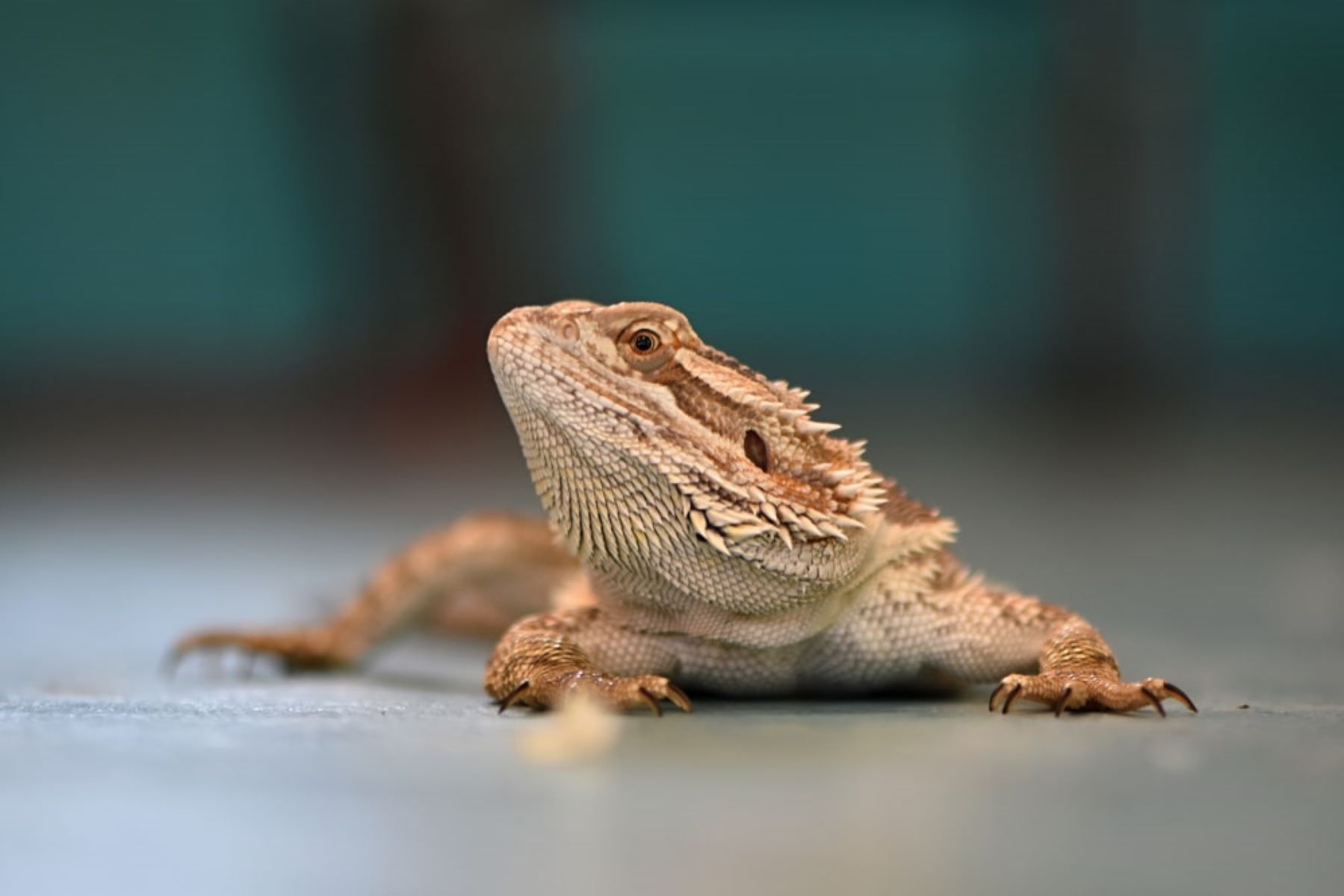
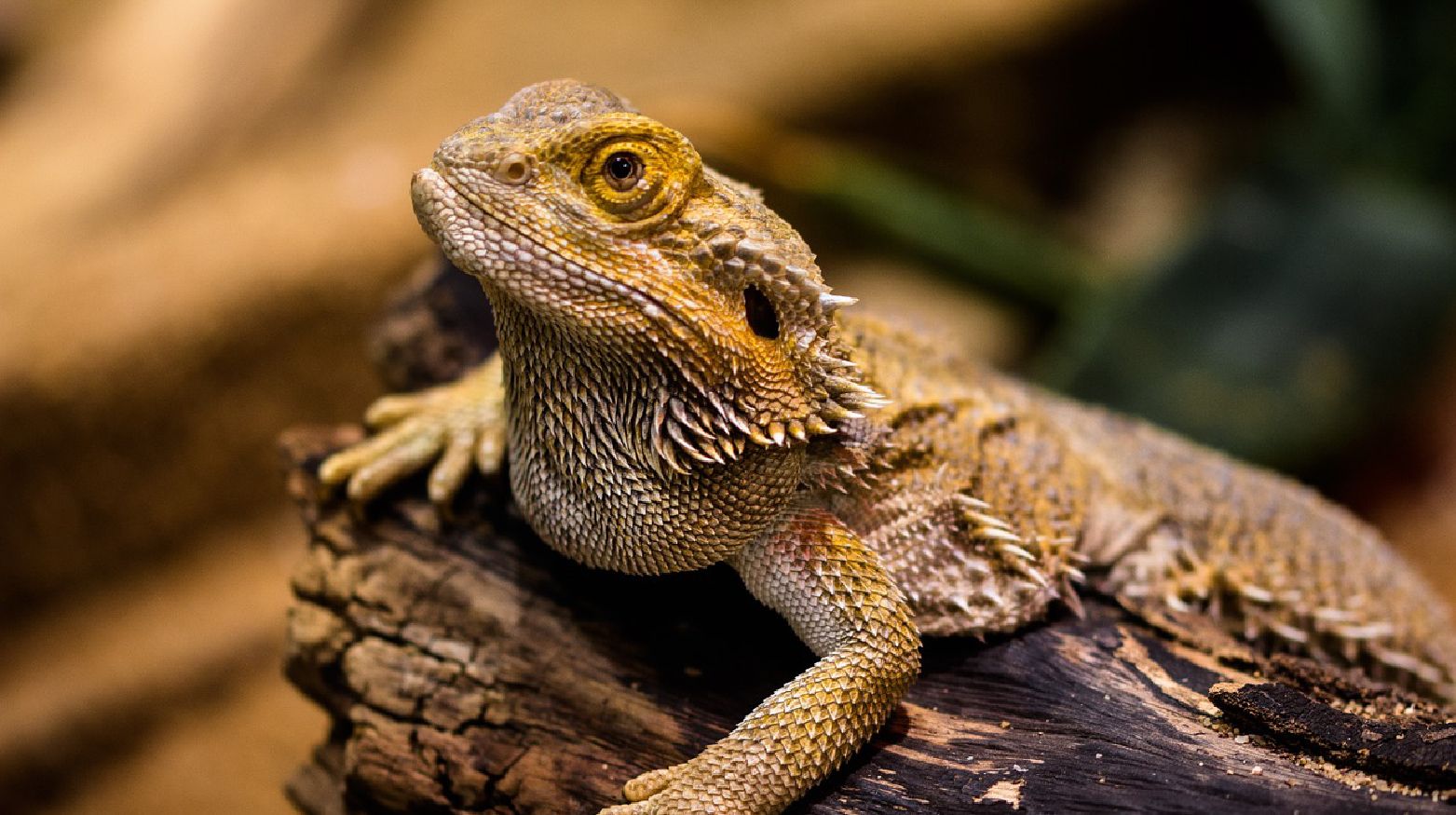
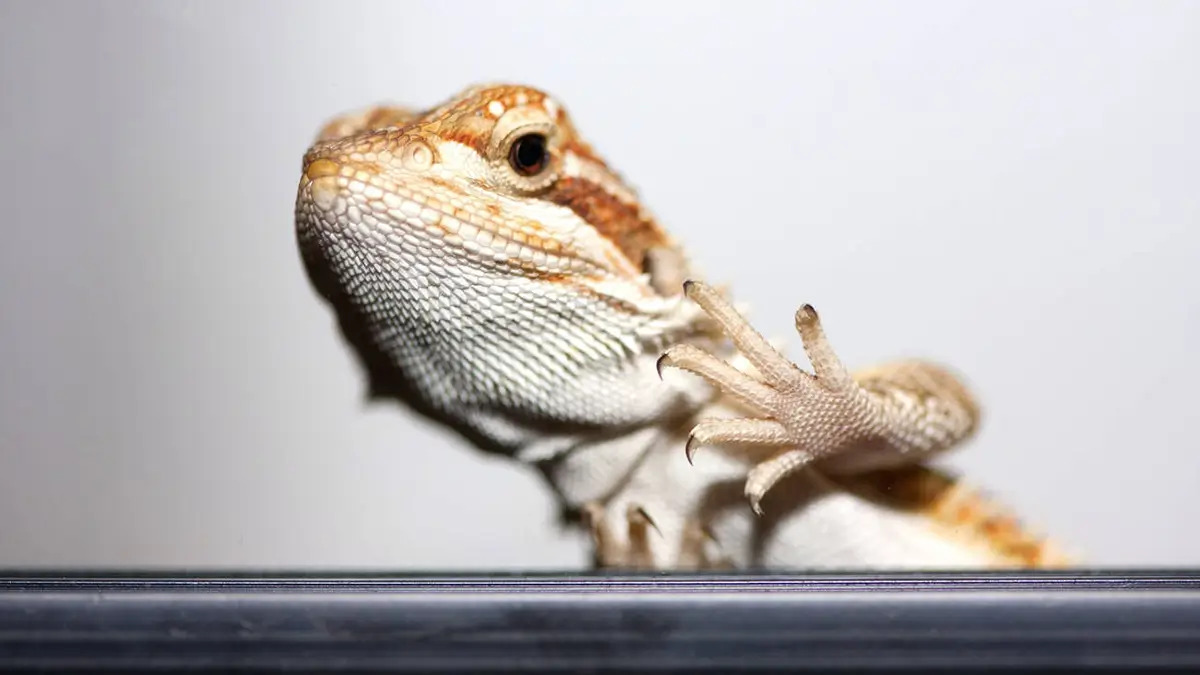
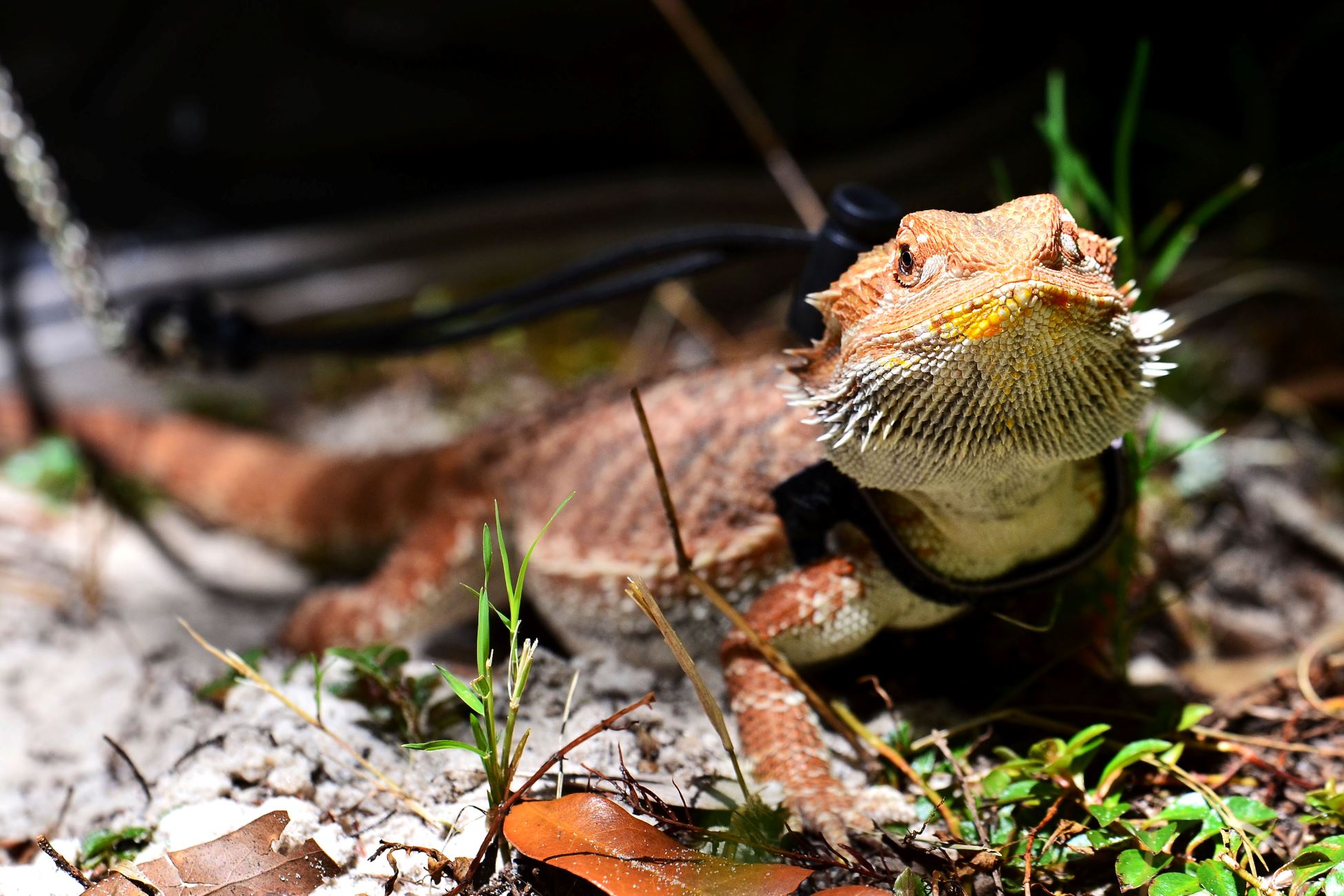
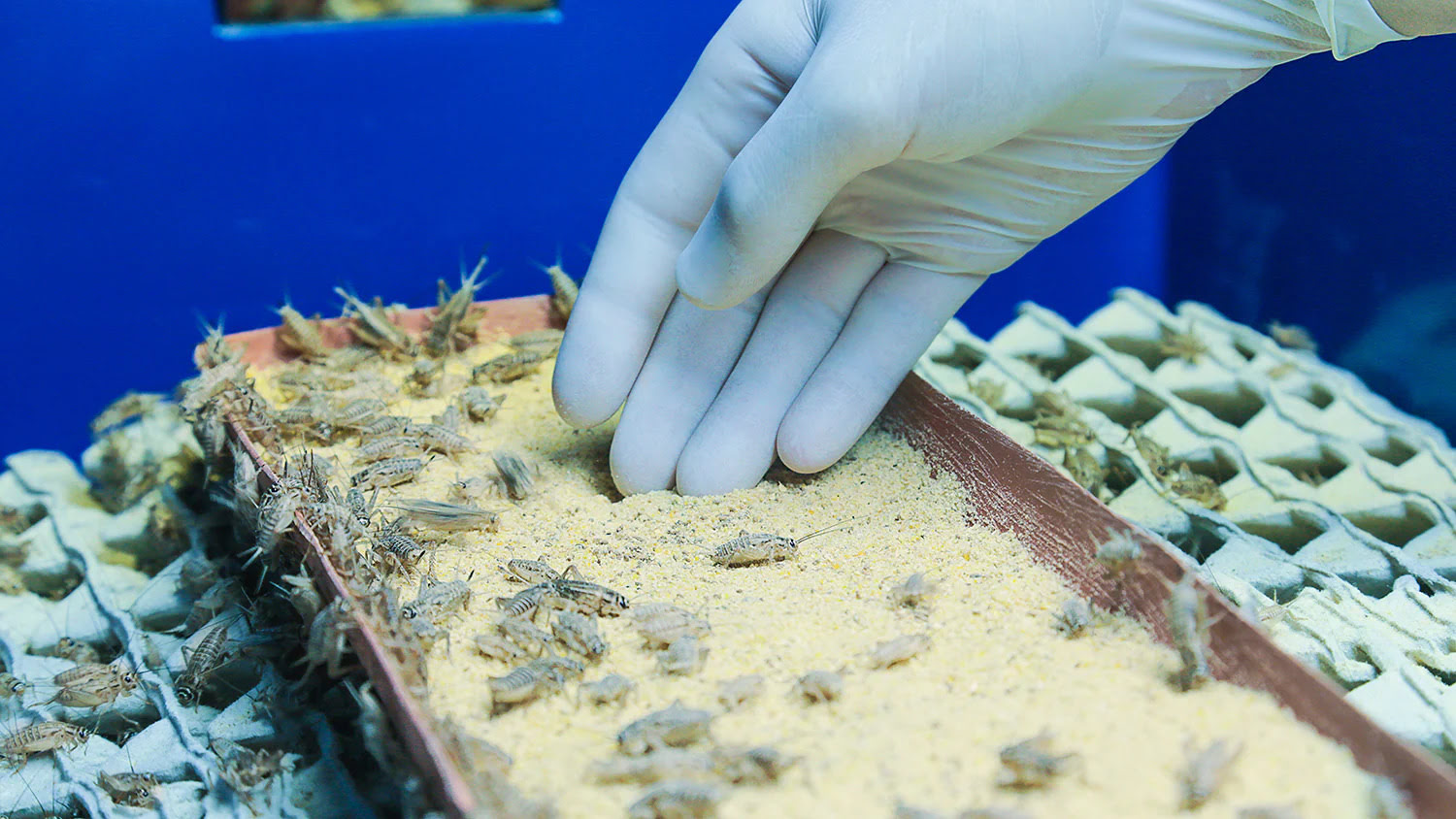
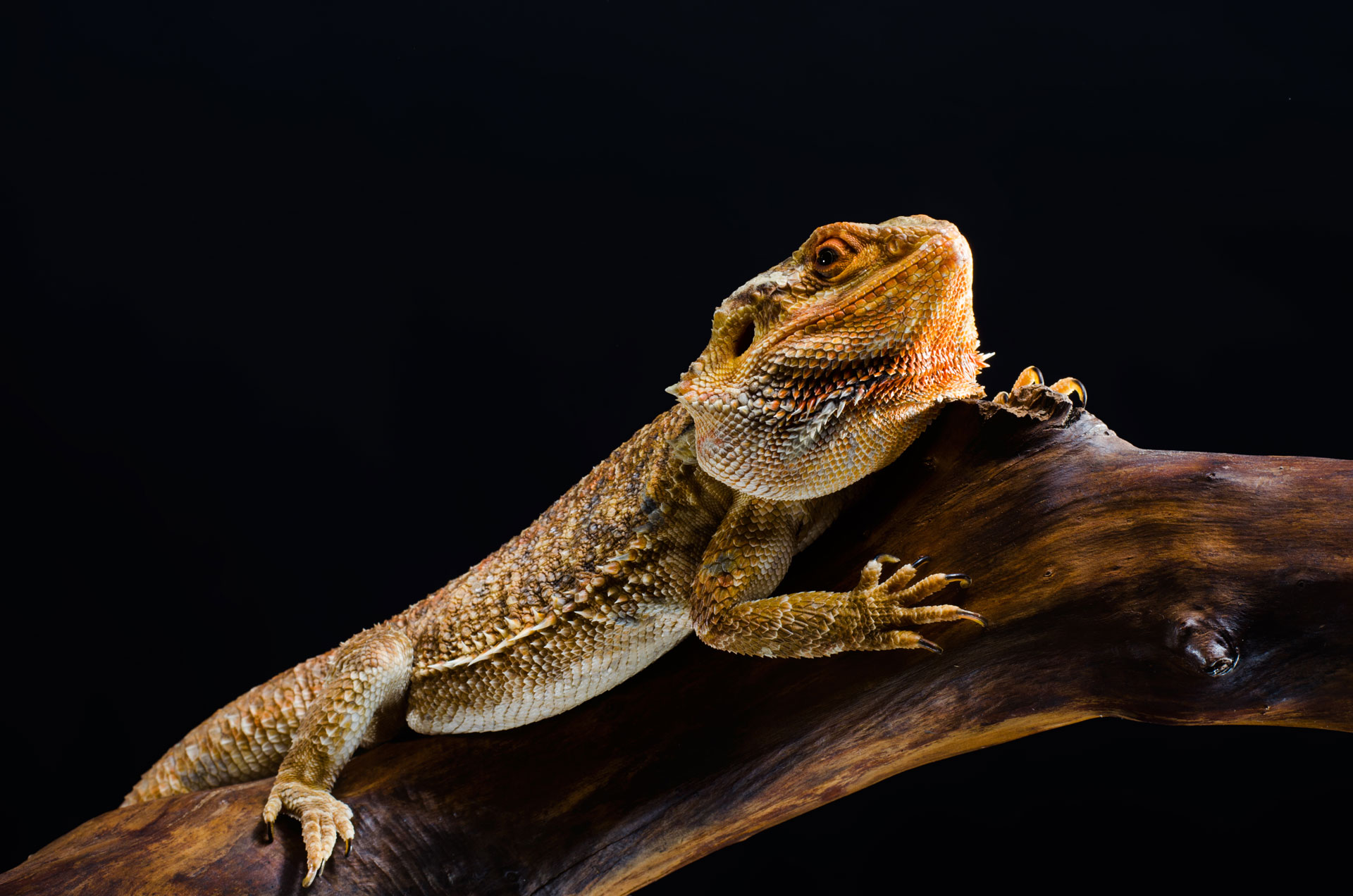
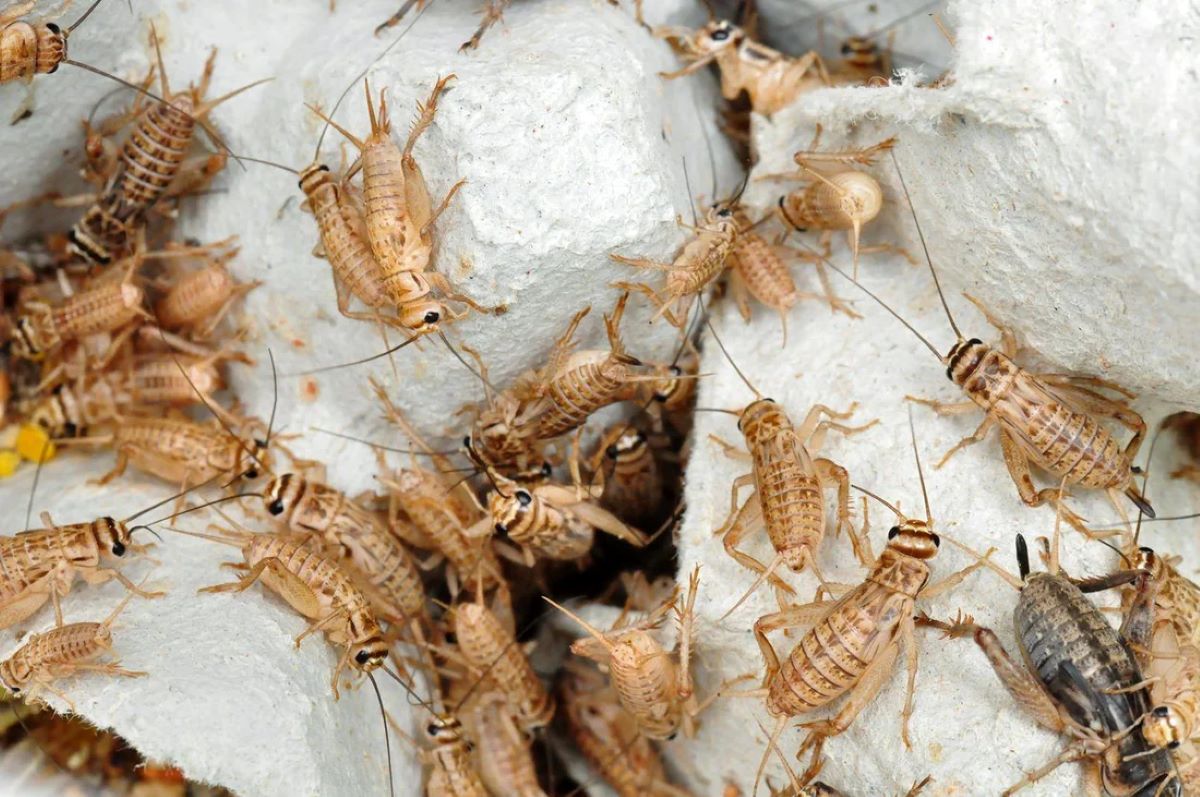
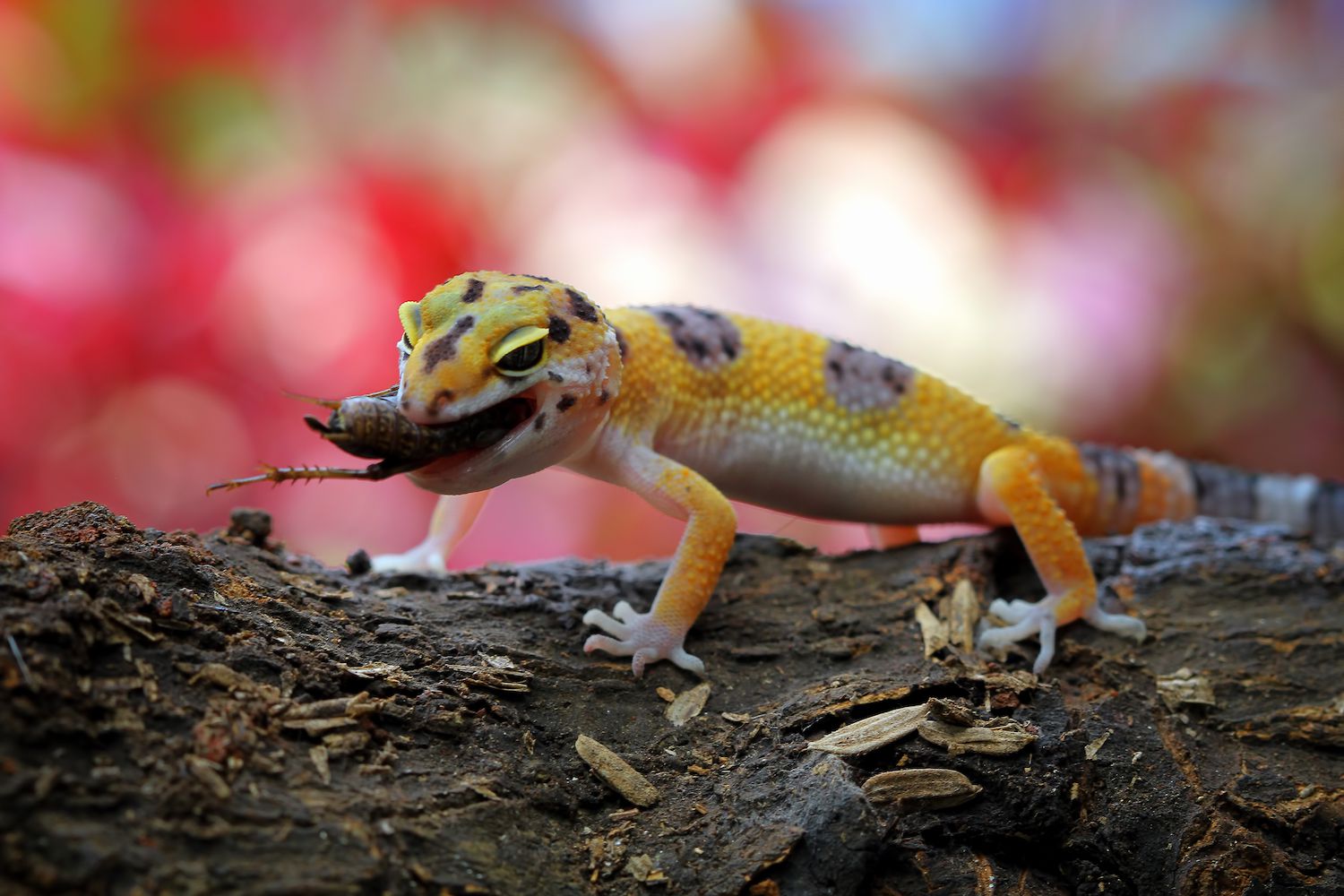
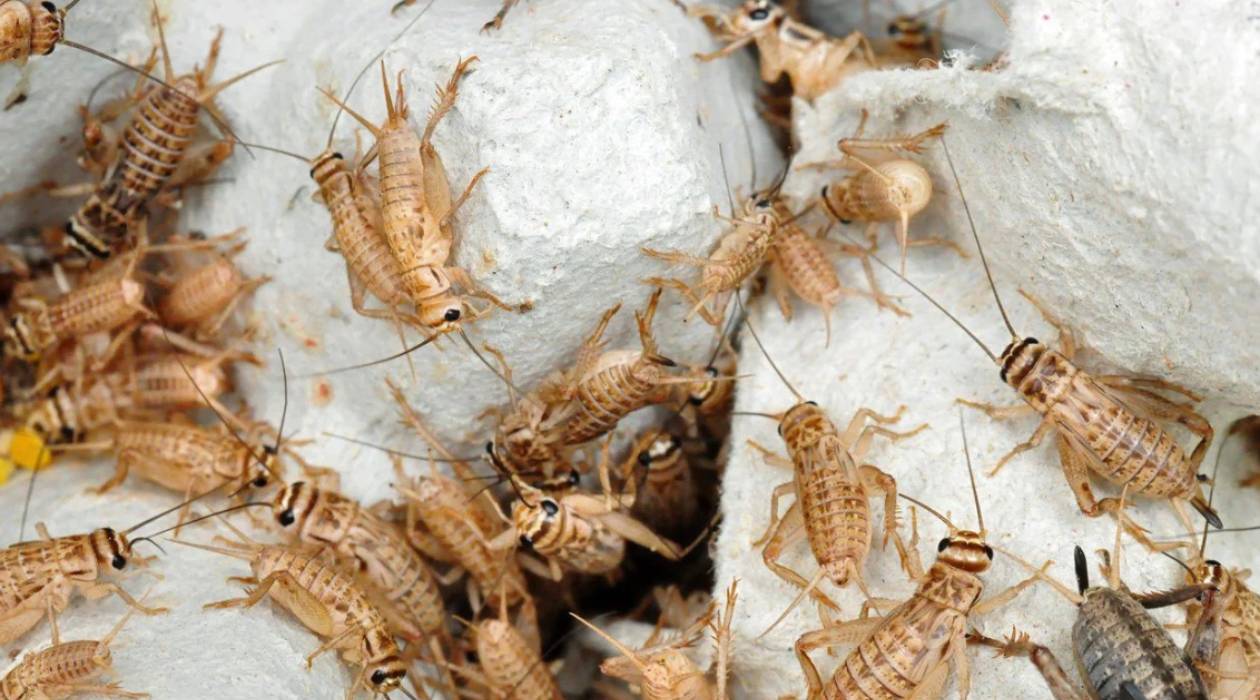
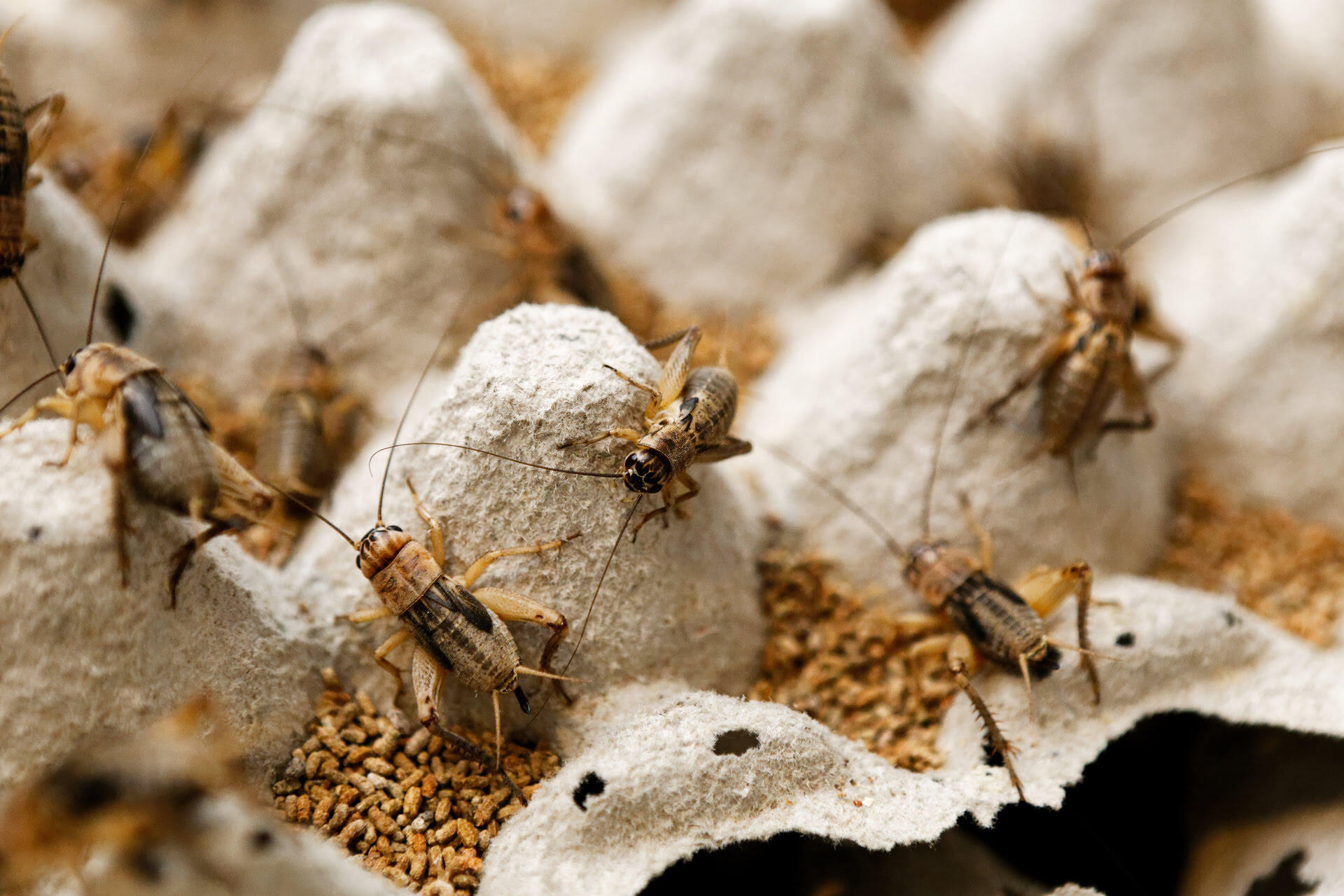
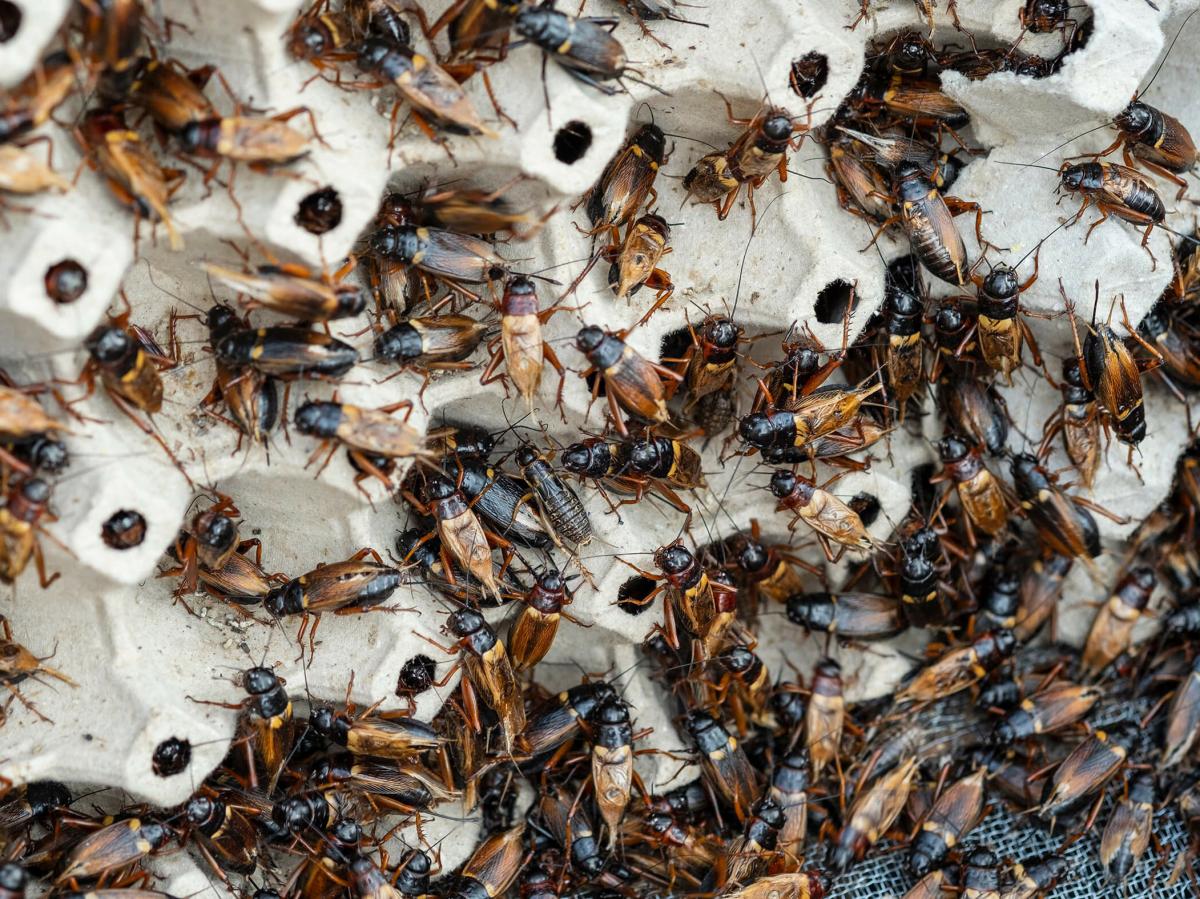
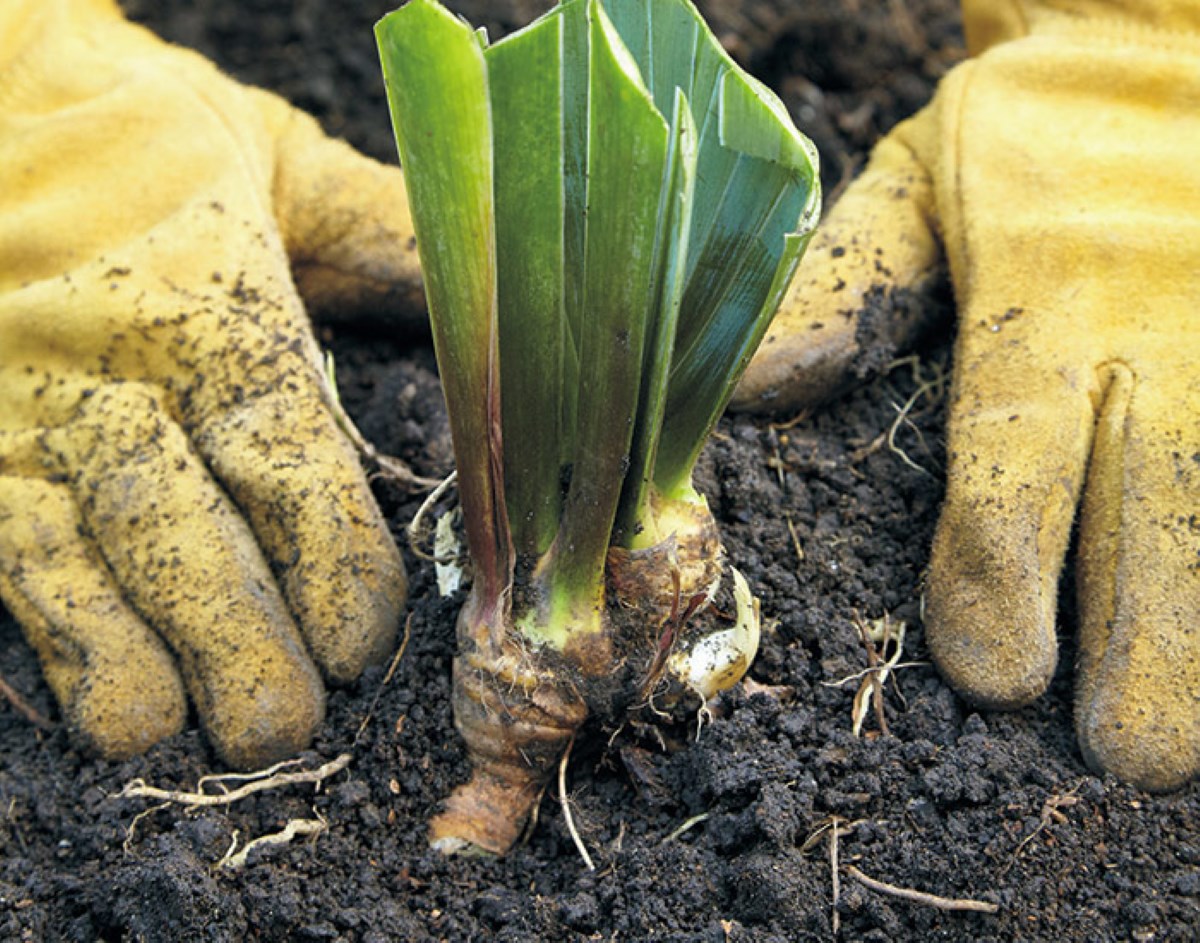


0 thoughts on “How To Store Crickets For Bearded Dragons”